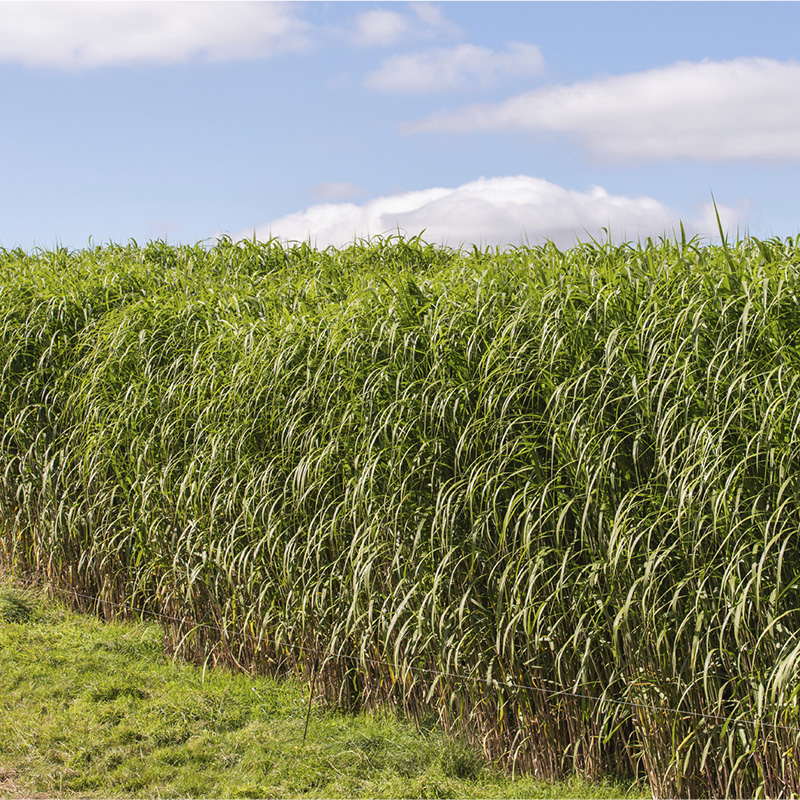
Although fuel cells powered by methanol or hydrogen have been well studied, existing low temperature fuel cell technologies cannot directly use biomass because of the lack of an effective catalyst system for polymeric materials.
Although fuel cells powered by methanol or hydrogen have been well studied, existing low temperature fuel cell technologies cannot directly use biomass because of the lack of an effective catalyst system for polymeric materials.
Now, researchers have developed a new type of low-temperature fuel cell that directly converts biomass to electricity with assistance from a catalyst activated by solar or thermal energy. The hybrid fuel cell can use a wide variety of biomass sources, including cellulose, lignin – and even switchgrass, powdered wood, algae, and waste from poultry processing. The device could be used in small-scale units to provide electricity for developing nations, as well as for larger facilities to provide power where significant quantities of biomass are available.
“We have developed a new method that can handle the biomass at room temperature, and the type of biomass that can be used is not restricted,” said Yulin Deng, a professor in Georgia Tech’s School of Chemical and Biomolecular Engineering and the Renewable Bioproducts Institute. “This is a very generic approach to utilizing many kinds of biomass and organic waste to produce electrical power without the need for purification of the starting materials.”
The challenge for biomass fuel cells is that the polymer chains in the biomass cannot be easily broken down by conventional catalysts. To overcome that challenge, scientists have developed microbial fuel cells in which microbes or enzymes break down the biomass. But that process has drawbacks: Power output is limited, microbes or enzymes can selectively break down only certain types of biomass, and the microbial system can be deactivated by many factors.
Deng and his research team overcame those challenges by altering the chemistry to allow an outside energy source to activate the fuel cells’ oxidation-reduction reaction.
The work has been described in the journals Nature Communications and Angewandte Chemie International Edition.
This article originally appeared in Research Horizons, Issue 3, 2014.